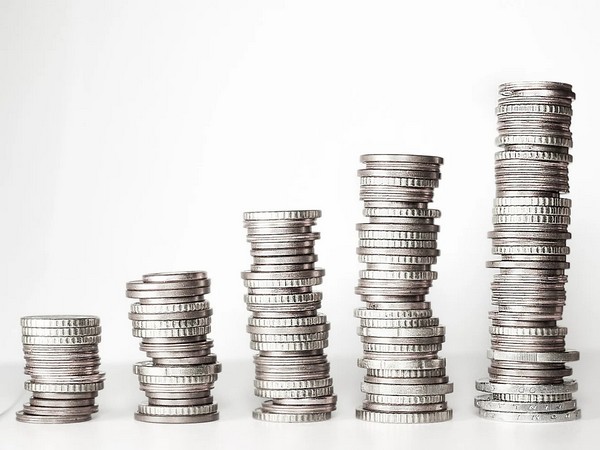A Fixed Deposit Account is a simple investment and requires a one-time deposit. In a Fixed Deposit (FD), you need to put your money in the account for a specific period (tenure). The interest will start to accrue on your deposit amount during this time. On maturity, you’ll receive your deposit back plus interest.
Individuals with a bank account can open an FD for as little as Rs. 1,000. Fixed Deposits are fixed-income savings plans where you get to choose the deposit quantity and duration. And this is what affects how the interest rate on the Fixed Deposit is calculated.
You can calculate FD interest using two formulas: simple interest and compound interest.
This post will discuss how to calculate FD interest. Depending on the deposit size and duration, banks decide your interest return.
What Distinguishes simple and compound interest?
Simple interest gets you an interest return on the principal sum. However, compound interest will accrue on both the principal and interest.
Knowing the yield on a Fixed Deposit will help you do financial planning. Therefore, calculating the interest while depositing is beneficial to know the potential corpus.
But how exactly do you do that?
It is easy. There is a formula for assessing how much interest you make from an FD.
There are two ways to calculate interest on Fixed Deposit programmes. Let’s examine them.
Simple Interest
It’s simple to use this approach wherein the interest is computed by multiplying the invested principal amount, rate of interest, & duration of the Fixed Deposit.
The Simple Interest (SI) formula is –
principal x rate of interest x time divided by 100
Here,
- P= Principal amount
- R = Rate of interest per year;
- T= Time period (in years)
Example:
Suppose you invest Rs 1,00,000 at 9% p.a. for five years, calculate interest using simple interest:
Step 1: 1,00,000 x 9 x 5 = Rs 4,500,000
Step 2: Now divide this by 100. You get Rs 45,000.
The interest you earn for a five-year FD is Rs 45,000.
It means when you invest Rs 1,00,000 in a Fixed Deposit with 9% p.a. simple interest, you will get back Rs 1,45,000 after five years following the date of deposit.
Compound Interest
In this approach, interest is calculated on both the principal and interest. Many banks offer compound interest on Fixed Deposits, but you need to ensure you get a good interest rate.
For example, if you invest Rs 1,00,000 at 9% interest per annum for a 5-year time period where the interest is compounded annually, your interest calculations will be as follows:
Year 1
A simple interest formula is used in the first year.
1,00,000 x 9 x 1/100 = Rs.900
The interest you’ll earn for the first year is Rs 900.
This amount is then added to your principal. It means the principal for the second year becomes Rs 10,900.
Year 2
Now, in the second year, the interest is calculated on the amount Rs 10,900.
10,900 x 9 x 1/100 = Rs 981
You earn Rs 981 interest. Again this is added back to the principal. Now your deposit becomes Rs 11,881.
Similarly, compound interest for the following three years is estimated. However, some banks compound interest on a monthly, quarterly, or semi-annual basis.
Therefore, rather than figuring it out this way, we may apply an easy formula that multiplies the principal sum by the interest rate multiplied by the number of periods in years.
Compound Interest (CI) = P {(1 + i/100) n – 1}
Where,
P = Principal amount
n = number of years
i = rate of interest
Therefore, in the example above, you earn
CI= 100,000 {(1+9/100)5 – 1} = Rs 56,051
Total amount = Rs 56,051
The interest you earn for 5 years is Rs 56,051.
Therefore, if you invest Rs.100,000 in a Fixed Deposit with 9% p.a. compound interest, you will get back Rs 1,56,051 at the end of 5 years.
Use Fixed Deposits Calculator
Fixed Deposit (FD) calculators are readily available online and accurately compute the prospective interest quickly.
You only need to enter the amount you put, the deposit duration, and the interest rate into the FD calculator. The calculator then calculates the amount due at maturity and the interest you can receive on the deposit. You can adjust your deposit amount and duration to determine how the interest earnings will change.
You may also love to read about – How to calculate fixed deposit interest
Finally,
Take note that not all FD tenures have the same interest rate when making an investment. To calculate FD interest and determine which term will give you the highest interest rate, use the FD calculator, which is typically available on the bank’s official website.
A Fixed Deposit Account is an extremely safe and profitable investment. Make your money work for you by making wise investments that will pay you more.






